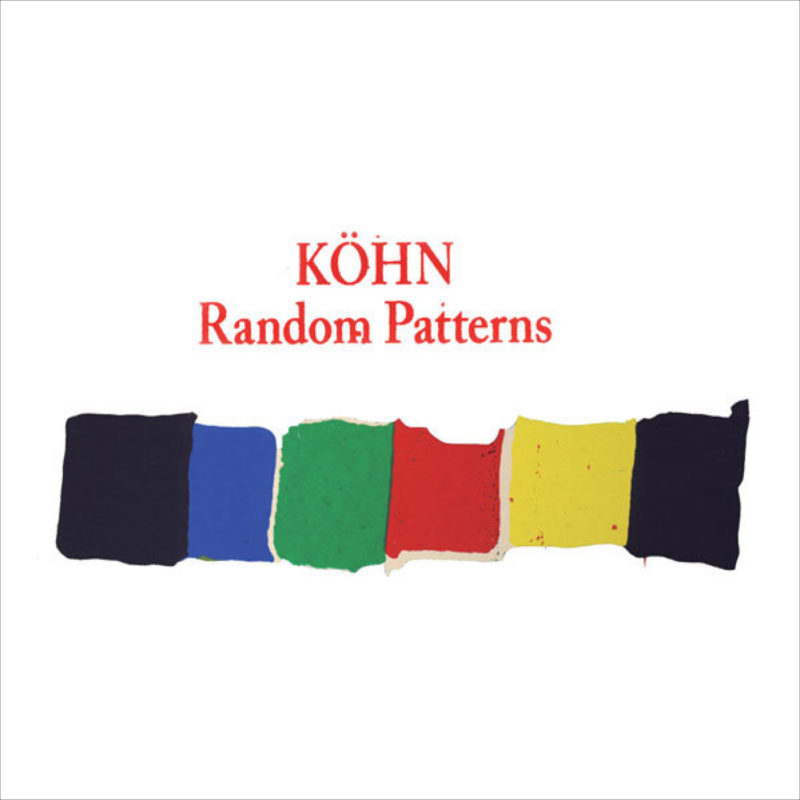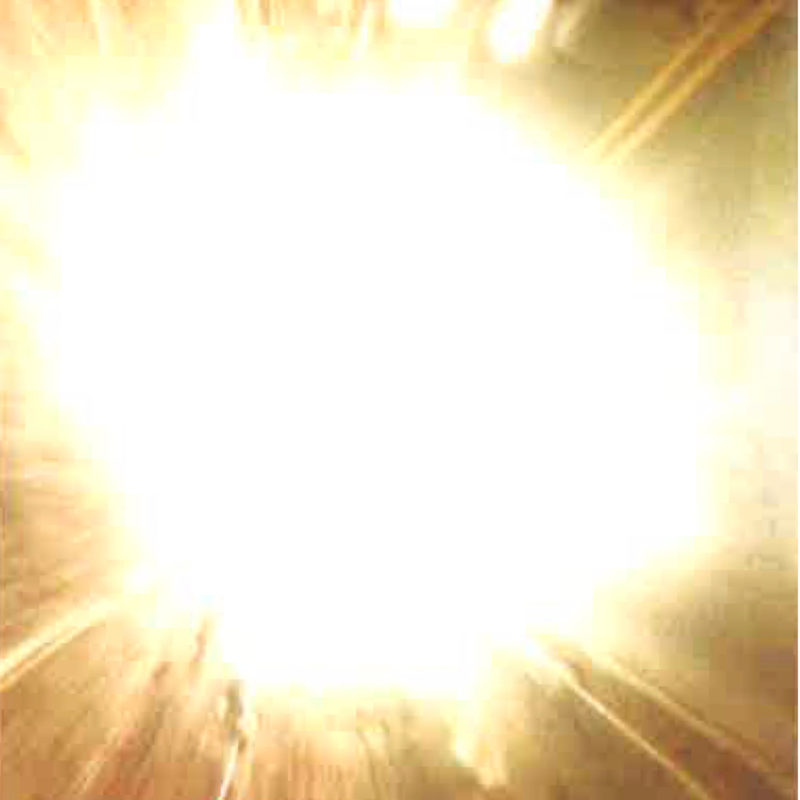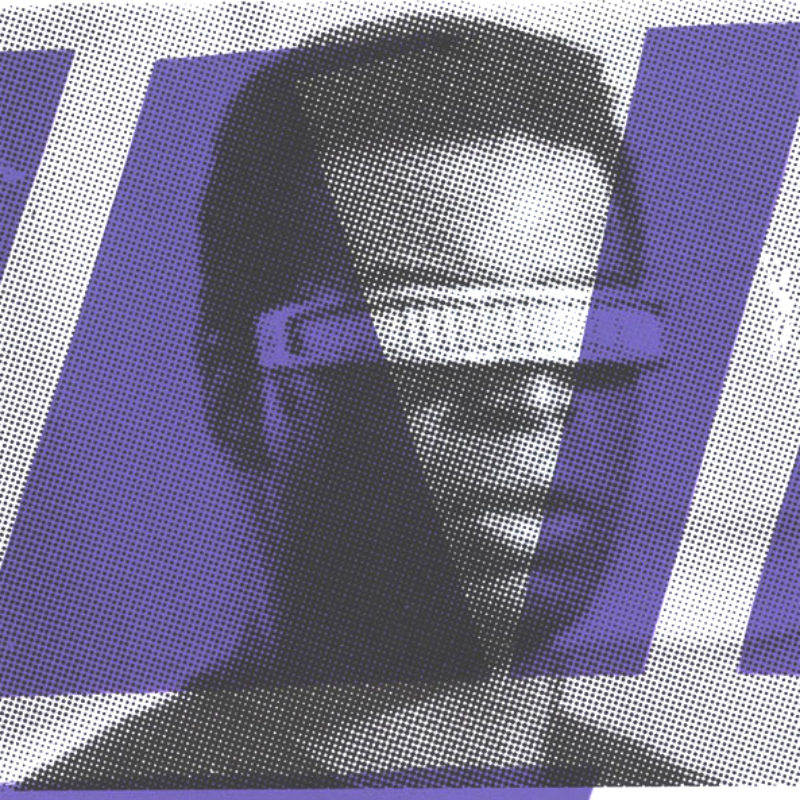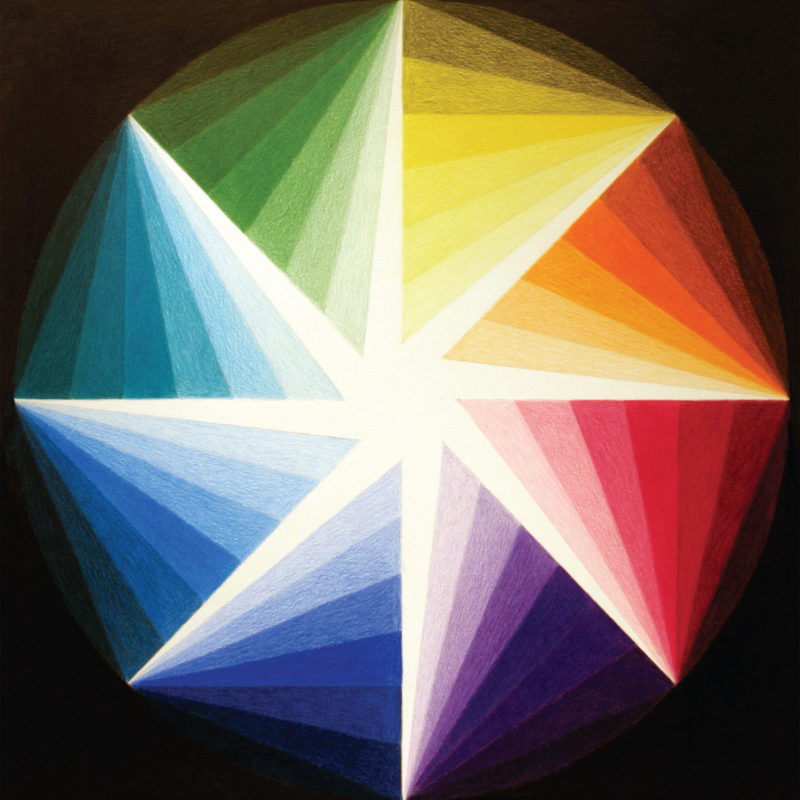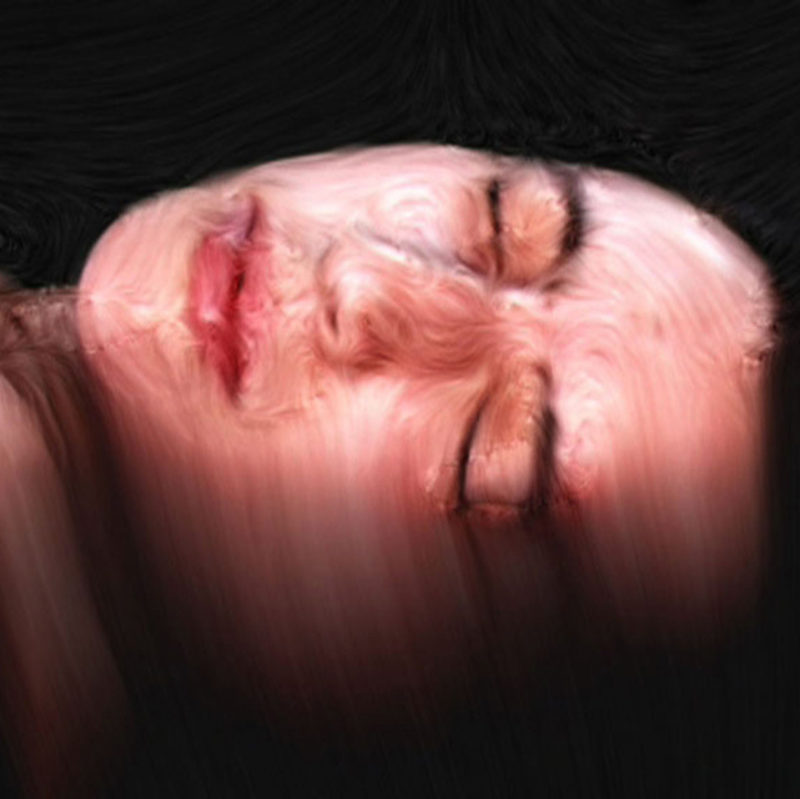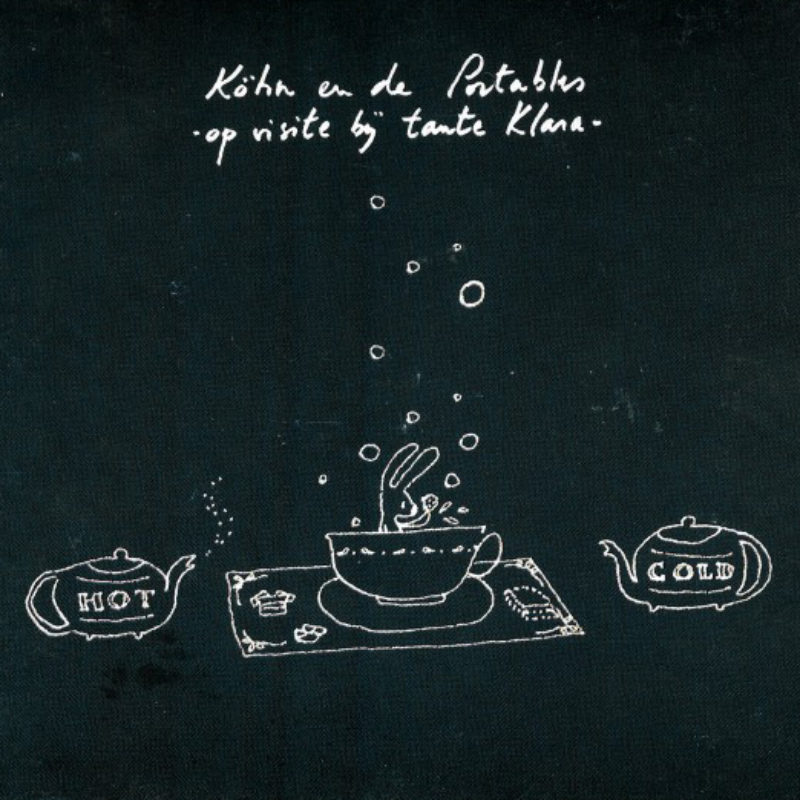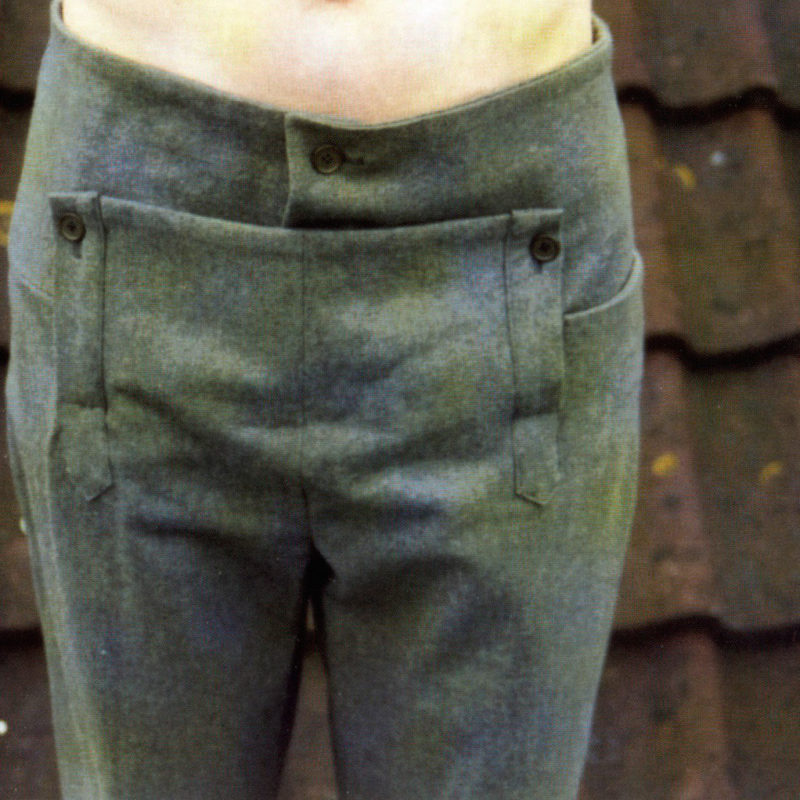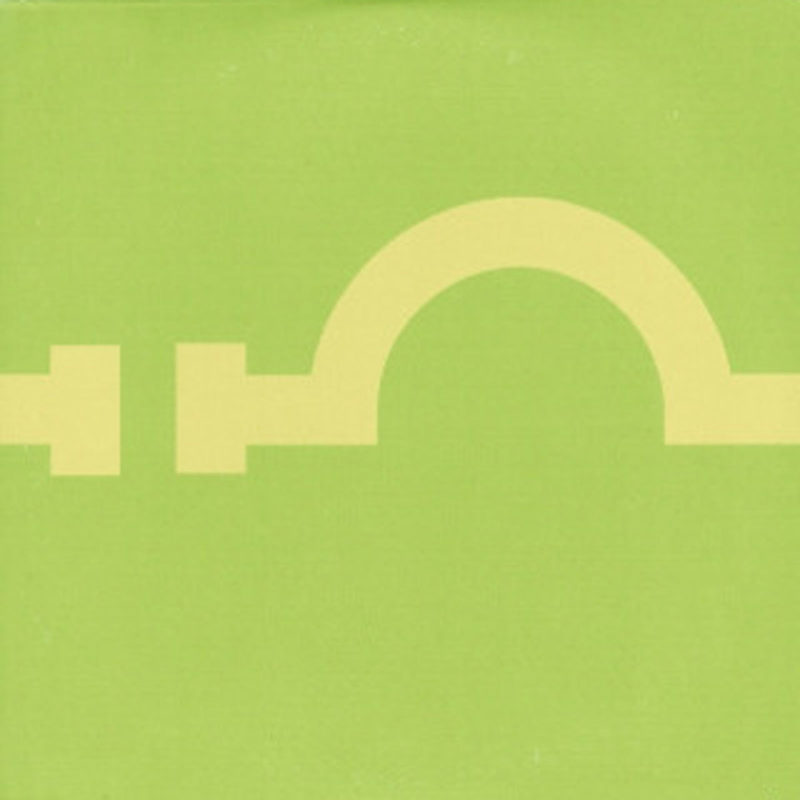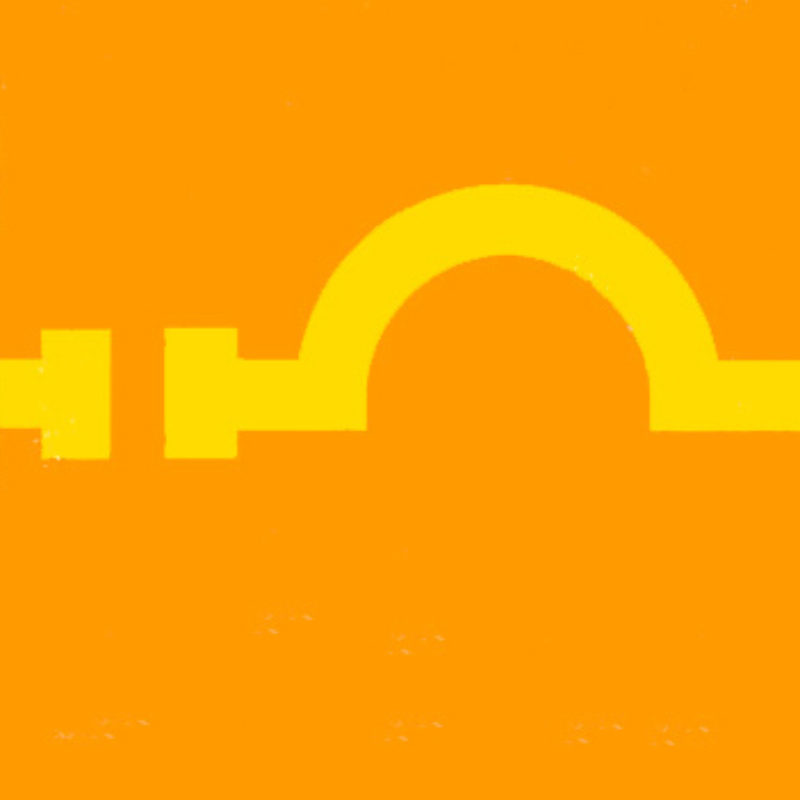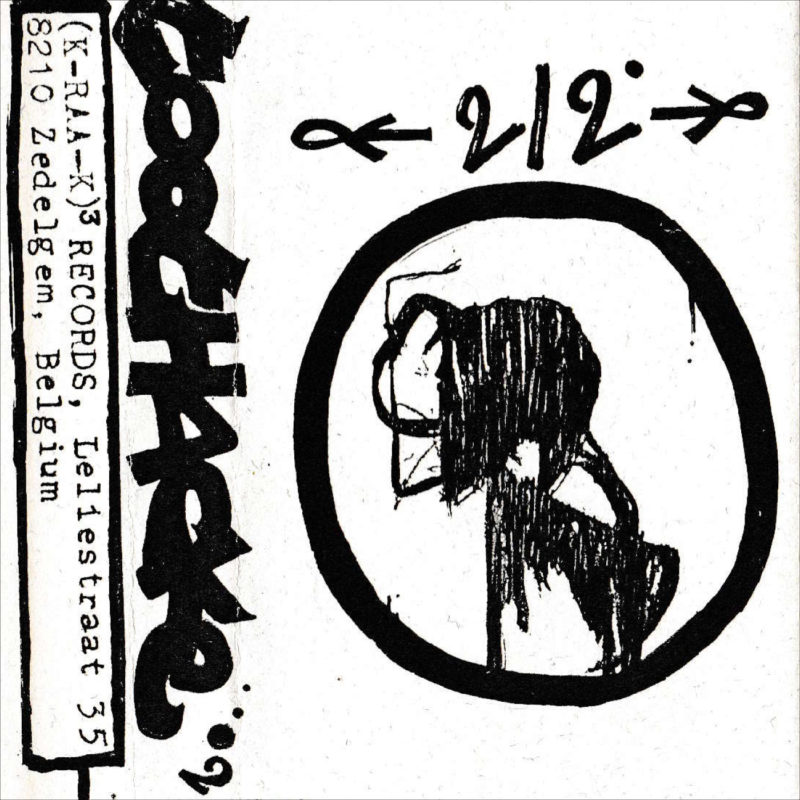Time is a great ally: Köhn 1 at 20
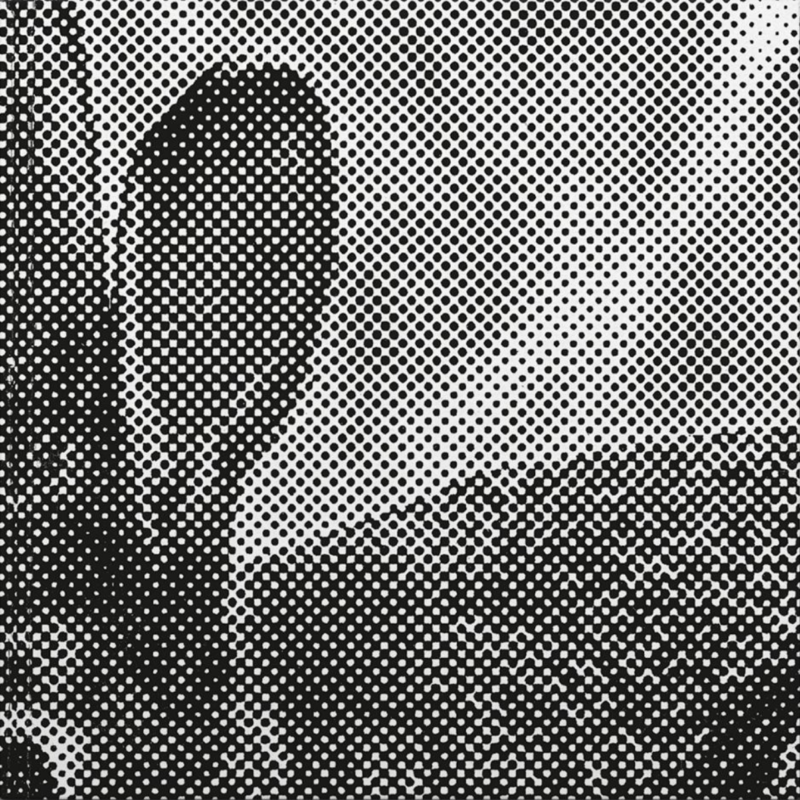
As I remember it, we first knew Jürgen De Blonde from your lo-fi 4-track recordings. Do you know how the Köhn identity got shaped?
Well, the music came first. Initially my 4-track recordings went under the Ed Nolbed moniker indeed. Those recordings were more song-oriented, featured lyrics and had an overt pop quality. However, I did a lot more than crafting songs. I also used my gear to make crappy lo-fi techno, for example, or noisy stuff. I think, musically at least, this is where the first outlines of what would become Köhn became audible. At the same time, two songs I made and produced ended up on an album by The Late Great Planet Earth Club that came out on Apollo. I got rewarded a 4-track minidisc recorder for that contribution and that is what really kicked off the full development of Köhn.
Oh, yes, totally forgot about that! So R&S basically funded the first Köhn :)
Köhn did not exist yet, though. It was only once Johan from Kraak asked me to compile stuff on a tape for selection that I felt the need to find a suitable name. It couldn’t be Ed Nolbed - this was different. And then I started thinking about the name. I wanted it to have a West Flemish connection (for geographical reasons) and a German sound (for musical reasons, because I felt a lot of old and new electronic music I liked was German). Then my logic lead me to wanting to teqch Germans to speak West Flemish by spelling out Flemish words in German, thus leading to the moniker “Köhn”: “keun” is dialect for “konijn” which means rabbit, spelled out in German this would become “Köhn”. Hence all the rabbit references. At the time of conception, I was unaware of “Köhn” being a family name or a place in the North of Germany.
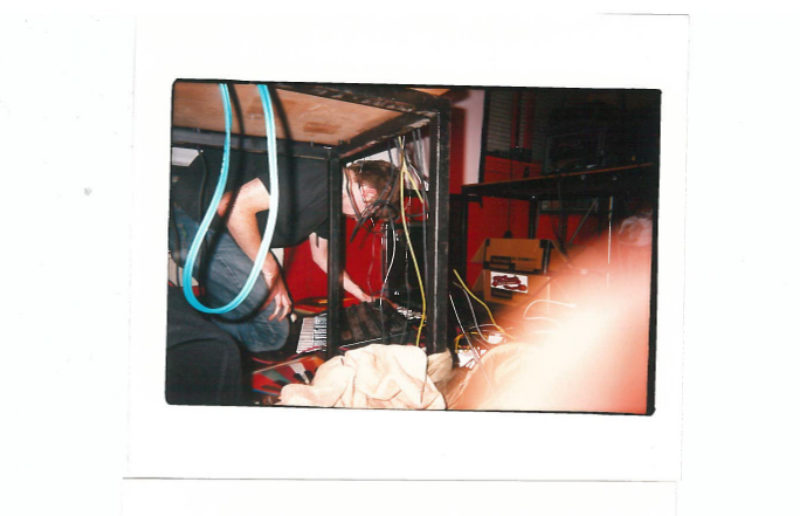
I always thought it was a bit a twinkle to the a A-Musik connection at that time.
Funny thing is, I’d probably not even heard of A-Musik until I met Johan.
The track selection for the first Köhn albums grew organically, and not rarely Kraak mingled in as well. How do you look back the tracks on the first album, now that it is re-released as the definitive Köhn 1?
Well, I’m still quite happy with the selection to begin with. It has aged rather well. Going back to the original minidiscs and looking for the original tracks for the quadraphonic live remix made me rediscover a lot of the material that didn’t make it to the album. Some of that stuff is also still quite good and might be used as extra material for the live shows. Some of those tracks ended up on compilations. It’s also quite inspiring to listen to that stuff because it was made so long ago, seemingly by a different personality.
For me, next to the unconventional blend between electronica and songs/guitars, there was a third element in your music that made it special, a special kind of humour. Tell me!
I think a lot of the humour in the music lies in the associations that are made, both linguistic and musically. A lot of what happened on those records was the result of playing with samples, playing with musical codes and conventions, and me thinking, “You want weird music? You get weird music!” Besides that it also stems from an urge of deconstructing music, reactions also to the blandness of a lot of electronic music and looking for other ways of using rhythm and melody. I also explain this in the new liner notes: I wanted to create rhythms without using the obvious drum and percussion sounds. And then yes, humour, to balance out the seriousness and pretentiousness. Also to include elements of the unexpected. That’s why, for example, the very cliché of the James Brown yell is featured in “Köhtels” and “Zoef”. I thought it funny to create an abstract rhythm like that, with many cliché sounds and “wrong” sounds and, to top it off, use the ultimate cliché of samples in dance music: James Brown! That’s just one example. There’s just a lot going on in terms of conventions and playing with them and I think it’s impossible to do that without humour.
Humour always has been, and still is, a very important element in what I make. It may not always be obvious or ha-ha-funny, but it’s there. But humour is a difficult ingredient: if a joke is taken seriously (i.e.: not taken as a joke), it leads to a misunderstanding or to taking things overly seriously. Irony really is a double-edged sword and I have the feeling that since the turn of the millennium it got worn out little by little and by now, for the past couple of years, it’s become pretty useless. Irony is no longer understood; it’s lost its power, it’s just taken literally. That’s quite dangerous, actually.
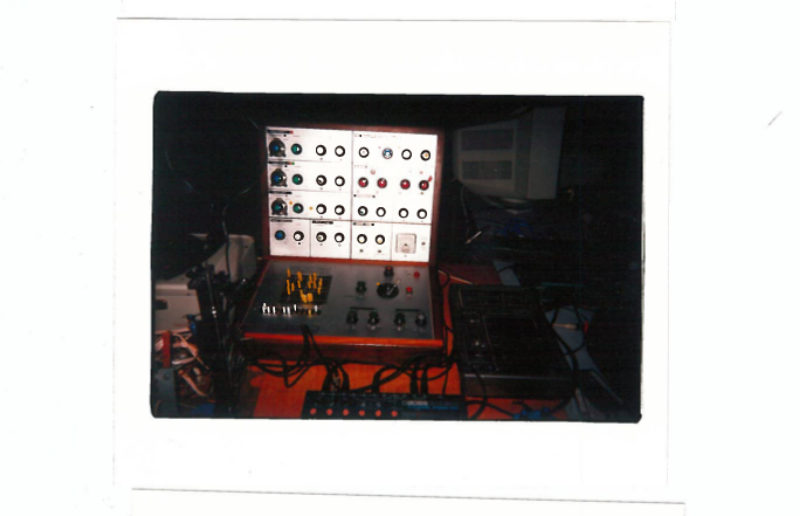
Do you remember your main musical influences at that time?
Yes. I remember being very much under the influence of a couple of albums when making those Köhn albums. Germ’s Parrot, Microstoria’s Reprovisers in particular, Psychic TV’s Mouth of the Night, Zoolook by Jean-Michel Jarre, Gastr Del Sol, Trans Am’s Surrender To The Night, the documentary about Fred Frith Step Across The Border, medieval and Renaissance instrumental music in general, Biosphere, Labradford, the classics from Aphex Twin and Panasonic… and Pink Floyd! Probably also a lot unconscious influences I picked up here and there and my own trial and error and experimentation.
Do you still work in the same way? What has changed?
Well, to begin with, my mode of working has changed a couple of times. Those first two Köhn albums were entirely made without computer. Everything was made with an old sampler, an analogue synth, a sequencer, a bunch of guitars and some other stuff. Everything was recorded onto a 4-track. After those two albums, around 2000 or so, I got my first desktop PC and started making music with the computer, and that was a really big change. My first software programs were Cool Edit Pro (now Adobe Audition) and AudioMulch and a ton of VST plugins. The biggest change for me was the limitlessness of working with a computer on one hand and the frustrations of things not working the way they should on the other hand. Somehow the confines of working with limited gear and a limited amount of tracks and resources made me more creative and focused. Anyway, it changed my way of working. On the other hand it also gave me a lot of possibilities I dreamt of having, especially in terms of audio editing and processing. Eventually, this led to the double album Koen, although some of the tracks on that album were also still made on minidisc, or at least partially.
I had to start to develop a different working method around 2002/3 when I started working for choreographer André Gingras, who sadly passed away in 2013. This was mainly because I worked longer on a piece of music and it had to be in function of a bigger whole. It was very interesting, though. Something else that has influenced my working methods is, of course, life itself. Having a relationship and children does have an impact on the amount of time available, the room and headroom available. This has often led me to recording stuff in one take, straight onto an SD card or computer. Sometimes these recordings were a base, sometimes they were just left the way the were. You know, sometimes it just feels right and then I don’t touch it anymore. Time is a great ally in that process of selecting and judging material. Sometimes I feel nothing about something I just made or recorded and then, when listening back to it after a day or a week or a month or longer, it turns out to be quite good or great. Sometimes the opposite also occurs. Sometimes, listening with somebody else also helps judging, even without asking or talking, I just listen with different ears to the same music, depending on the company. I find that interesting. It’s as if I get the chance to get a little change of perspective, temporarily.
I actually think my working methods change all the time. There is very little consistency in the way I work. Even when I’m songwriting, which I still do, sometimes a riff is the starting point, sometimes a sound or a rhythm, sometimes the lyrics are a point of departure or sometimes it works better as an instrumental. You know, sometimes I even just record something without knowing where I’ll end. It then becomes this sort of improvising directly to tape, as a basic layer, and then start to interact with that… The arrangement happens during recording, during multitracking.
I like different working methods. Sometimes it’s cut and paste. Sometimes it’s just recording straight from the heart. Sometimes it’s meticulously arranging lines and voices. Sometimes it’s just messing around and the mess turns out to be really yummy. Jamming on my own, I guess.
I’ve often recorded my live shows too, and in the last five to six years, these have been the basis of releases. Sometimes an entire live show, other times as a basis of pieces. Some of the pieces on Kreis Plön, for example, have a fragment of a live show as a basis.
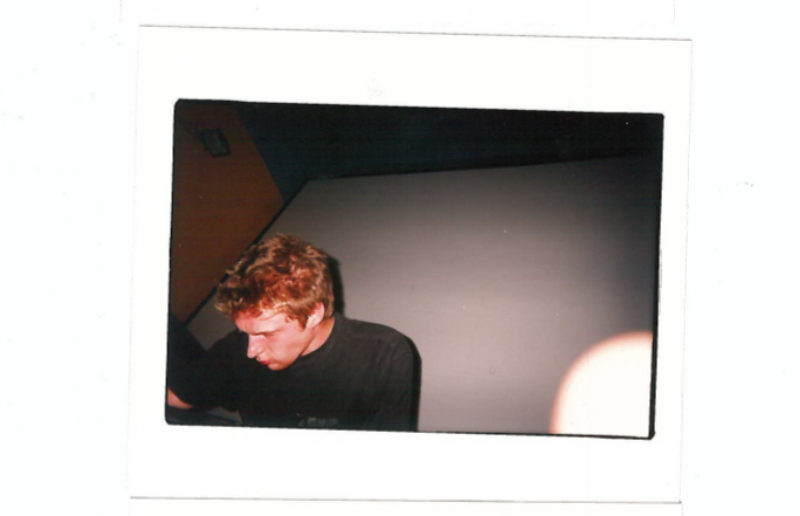
What keeps you busy these days?
Family life. Work and jobs. Rehearsals and artistic work. If I find the time, I don’t mind reading a good book, watching a movie or an interesting documentary. Sometimes I find myself making a drawing.
I spend too much time on Facebook sometimes.
I remember Doctor Vinyl in Brugge wanted to return his Köhn 1 CDs because for him they were all damaged: the CDs were skipping and glitching. Any anecdotes that pop up when thinking about Köhn 1?
Ha! Hmmm… anecdotes about Köhn 1? Well, maybe an anecdote related to this reissue. I got the idea to do this reissue about two years ago, when I saw the twentieth birthday approaching. After some consideration I decided to try to pull this through and contacted a label I deemed fit, but maybe a bit ambitious. They never responded. Anyway, some time later I was chatting with Philippe Cortens (cortizona chief) and at the end of the conversation I hesitantly asked if he might perhaps be interested in putting out a reissue of the first Köhn. Philippe’s reply was golden: he said he had been wanting to ask me this but didn’t dare. So, there was very little doubt left about going ahead with this.

___
Köhn - Köhn 1 (cortizona 008). First time edition on 2LP 300 copies on 140 gr vinyl out 13 september. Liner notes by Jürgen De Blonde (aka Köhn) & Brecht Ameel (Razen)

